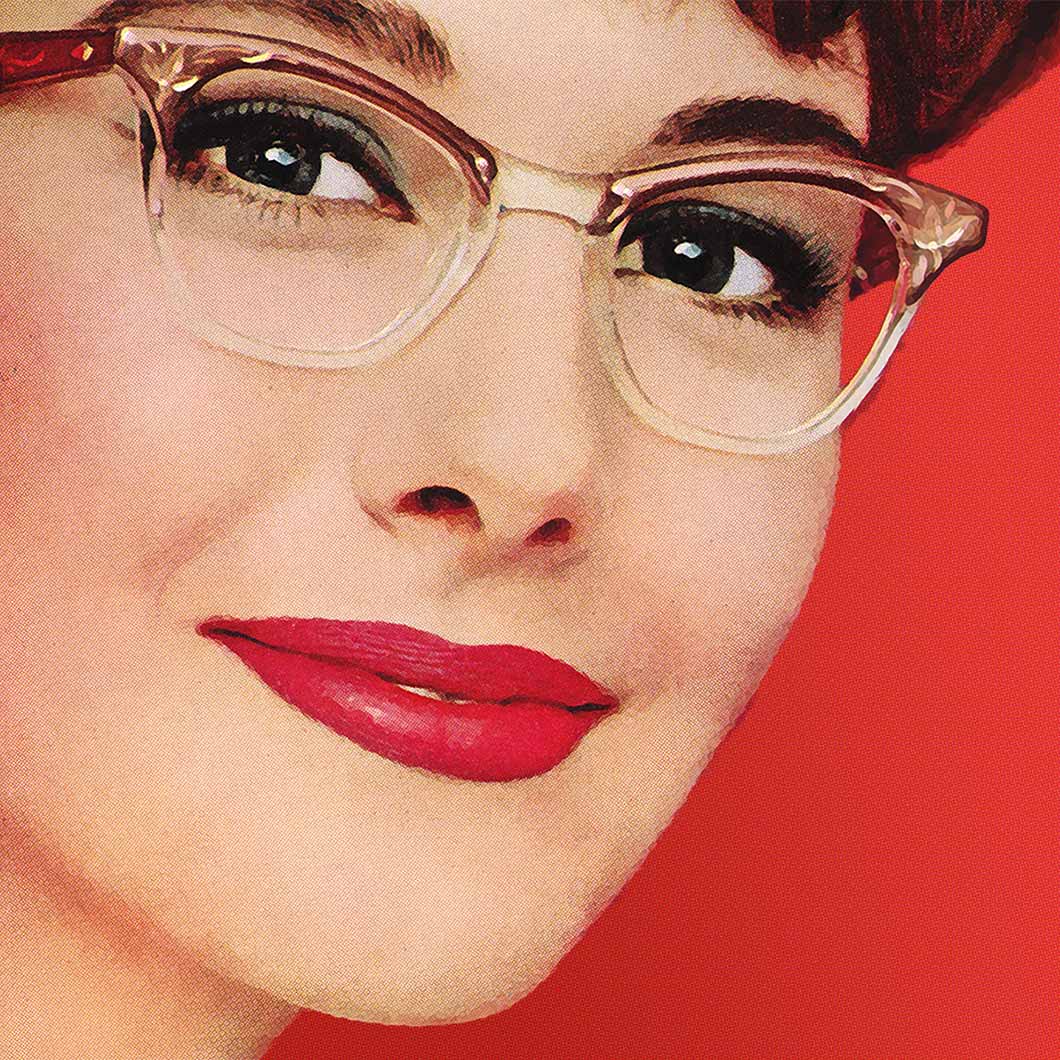 Here’s some sad, sad Pac-Mans, to quote Stephanie Leary. VIDA posted their count of major publications, their reviewers by gender, and their reviews by gender of the author.
Here’s some sad, sad Pac-Mans, to quote Stephanie Leary. VIDA posted their count of major publications, their reviewers by gender, and their reviews by gender of the author.
Oh, that is one hurtin’ Pac Man collection right there. The New York Times book review pages feature books by men twice as much as books by women, while The New Yorker features books by men four times as much as books by women. I knew it was bad but oh, holy night, that just dropped my jaw.
VIDA is ready to “invest our efforts and energy into the radical notion that women are writers, too.” I’m all for it, but I knew that – given that romance is mostly written by women, read and bought by women, and also mostly edited by women. And of course romance isn’t reviewed in major publications like The New Yorker or The New York Times—though there are bigger changes afoot. Publisher’s Weekly is now focusing on romance, led by Rose Fox, and I think other publications will have to follow their lead.
And there’s always the internet, where book readers review books in growing numbers – I love that there are so many of us now.
Secondly, I’m up at Kirkus this week, in a two-part article (code for ‘Damn, that was really long’) that examines The Good and the Bad of Reading Romance Digitally.
I’ve not had any problems immersing myself in the experience of reading an e-Ink screen. In fact, I find it more comfortable than reading a book. Why? One reason: text size. I’ve joked that I’m an ideal test subject for digital reading device developers, because I’m an avid reader in her mid-30s with the eyesight of a 95-year-old. With the e-Ink display, I can crank the text up to “Great-Grandma Size” and read without my glasses. It’s marvelous to be able to customize the display, the text size and even the number of lines per page, depending on the book file, to suit your preferences.
There are also a growing number of sources to access digital books. Most people think of the big ones, Amazon and Barnes & Noble at bn.com, but there are also small independent online retailers like AllRomanceBooks.com and publisher bookstores like Harlequin’s at ebooks.eHarlequin.com.
Then there’s your local library—did you know that many libraries offer digital lending? Go to Search.Overdrive.com and click “Find a library” to see if your nearest branch offers digital lending. It’s wonderful, and since libraries pay a good amount of their not-for-profit dollars to have that access, if it’s available, use it!
This article, I believe, will also appear in the print edition of Kirkus as well. The “bad” of digital reading will be published online on 19 February.
And finally—a good friend of mine sent me this link to a Buzzfeed picture of a required text for an English course: Yup, That’s Twilight.
My first thought was to wonder at all the different things you could do with Twilight on a syllabus, and what parts of the book could be focused upon in a collegiate setting. With some google-fu, I found a librarian’s Tumblr, where “librariansoul”, a “gay, atheist, feminist male librarian” revealed that the book is for an Honors level Introduction to Fiction course at Ohio State University.
Librariansoul thinks the decision to have an honors level course look at Twilight, Frankenstein, The Turn of the Screw and Dracula is a hot pile of crapidea, saying
Henry James was an excellent writer but Stephenie Meyer couldn’t write her way out of a paper bag and Bram Stoker, to be honest, wasn’t a whole lot better….
Courses where all four of these works should have been on the required reading list:
• Some sort of survey course that covers hundreds of books and fills all the weird gaps between them. Frankenstein is only supernatural literature in a kind of superficial sense; The Turn of the Screw is a fairly ambiguous ghost story; Dracula is a gothic horror novel; and Twilight is romantic bilge. They have very little in common, and yet I can’t see how they would be much good in a comparison/contrast sort of way, either.In conclusion: Twilight wasn’t the only strange and inappropriate entry in Dr. Garcha’s list of required reading material; the whole thing should have been seriously reconsidered.
I am with him that those four novels have in common that “there be some paranormal/supernatural stuff in here, yo.” But I don’t necessarily think putting Twilight on a syllabus would be a bad idea, or make it the worst English course in history. I tend to think everything is worth examining, particularly things like Twilight that evoke such a response that people get the movie posters tattooed on their entire bodies. (Don’t make me post a link. Ok, fine, here **fixed the link – sorry about that **). I had a rather negative reaction to the book, but I also know plenty of people who adore it, and that response and the potential cause alone would be worth examining, in my opinion, particularly with the tools available to your nearest English student.
What do you think? Could you envision that book on a syllabus? What would you want to examine about it, if so?

